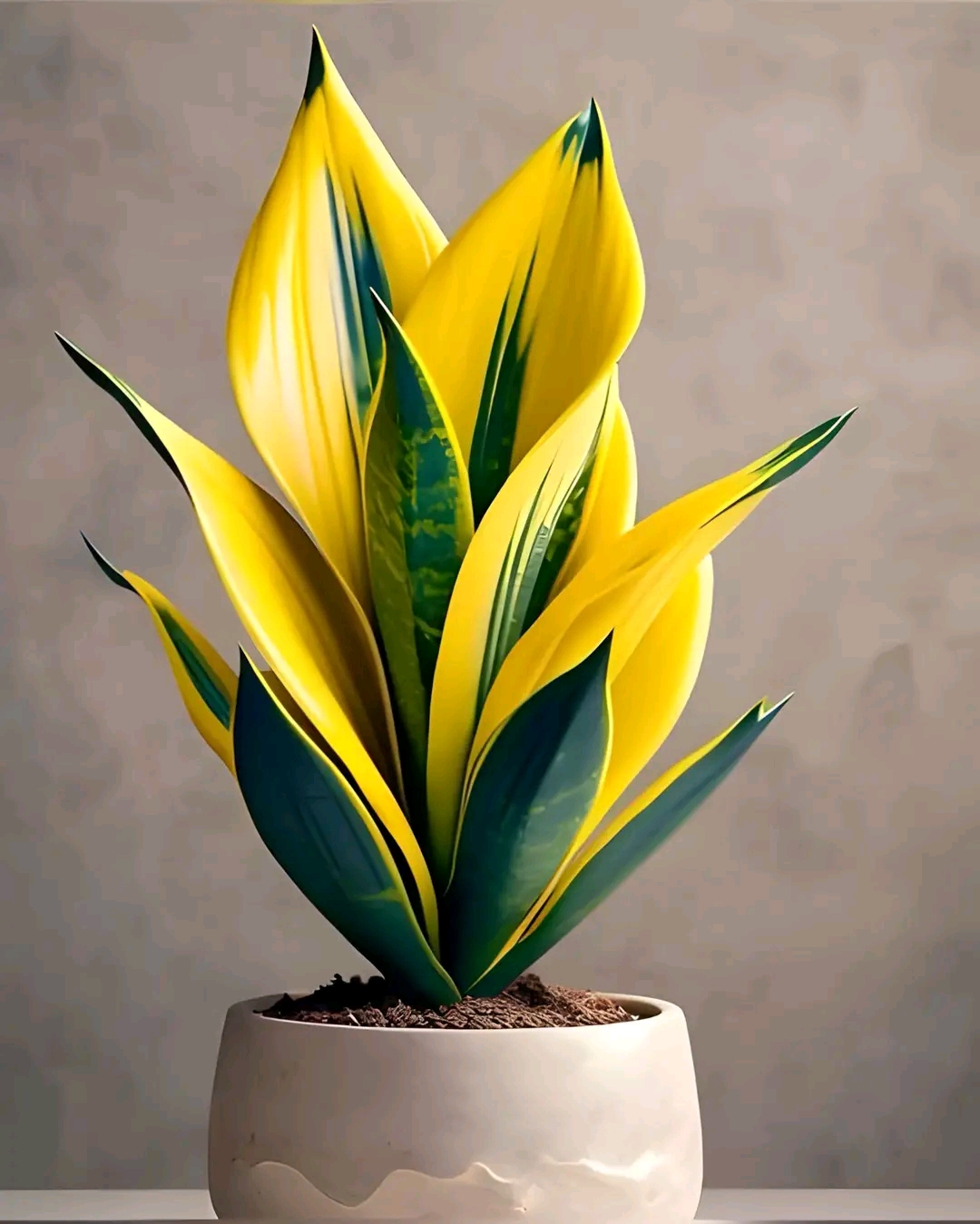Amaryllis (Hippeastrum) is a stunning flowering plant known for its large, trumpet-shaped blooms that brighten up indoor spaces during the winter months. These striking flowers come in a variety of colors, including red, pink, white, orange, and striped variations, making them a popular choice for holiday displays and spring gardens.
With the right care, Amaryllis can rebloom each year, providing a gorgeous floral show season after season. Whether you’re a beginner gardener or a plant enthusiast, this guide will help you successfully grow and maintain Amaryllis bulbs for years to come.
Why Choose Amaryllis?
✔ Easy to grow indoors – Amaryllis thrives in pots, containers, and garden beds with minimal effort.
✔ Long-lasting blooms – Each flower lasts for several weeks, and some varieties bloom multiple times per year.
✔ Vibrant color options – Available in red, pink, white, orange, and even striped varieties, making them a striking focal point.
✔ Perfect for winter blooms – While most plants are dormant in winter, Amaryllis provides bright, cheerful flowers indoors.
✔ Can rebloom annually – With proper post-bloom care, your Amaryllis can return every year.
How to Plant Amaryllis Bulbs
- When to Plant
Fall to early winter – Plant bulbs 8-10 weeks before you want blooms (typically for winter or early spring).
- Choosing the Right Pot
Use a pot with drainage holes to prevent root rot.
The pot should be only slightly larger than the bulb (about 1-2 inches wider than the bulb).
- Proper Planting Depth
Leave the top third of the bulb exposed above the soil surface.
Use a well-draining potting mix to prevent overwatering issues.
- Placement & Light
Place the pot in a bright location with indirect sunlight.
Once the flower stalk emerges, rotate the pot every few days to ensure even growth.
Watering & Feeding Your Amaryllis
Watering Tips
✔ Water sparingly after planting – Too much moisture before growth starts can cause bulb rot.
✔ Once leaves and flower stalks appear, increase watering but allow the top inch of soil to dry between waterings.
✔ Avoid wetting the top of the bulb, as excessive moisture can lead to rot.
Fertilizing
✔ Feed after blooming with a balanced liquid fertilizer (such as 10-10-10 or 20-20-20).
✔ Continue feeding throughout the growing season to help the bulb store energy for next year’s bloom.
Temperature & Humidity Requirements
🌡 Temperature: Amaryllis thrives in 65-75°F (18-24°C) during growth.
💦 Humidity: Average household humidity is sufficient, but avoid excessively dry conditions.
Encouraging Reblooming: The Amaryllis Dormancy Cycle
After flowering, Amaryllis enters a natural dormancy period that is essential for reblooming. Here’s how to manage it:
- Allow Foliage to Die Back
After blooming, cut the flower stalk about 1-2 inches above the bulb, but leave the leaves intact.
Keep watering lightly and fertilize regularly to help the bulb store energy for next year’s flowers.
- Inducing Dormancy
In late summer or early fall, leaves will turn yellow and die back naturally.
Reduce watering gradually to allow the plant to enter dormancy.
Once the foliage is completely dry, cut it back.
- Storing the Bulb
Remove the bulb from the pot and store it in a cool, dry, dark place for 8-10 weeks (50-55°F or 10-13°C).
A basement, garage, or refrigerator (away from fruit like apples) is a good storage location.
- Restarting the Growth Cycle
After 8-10 weeks, repot the bulb in fresh soil and begin watering sparingly.
Move it to a bright, warm spot, and growth should start within a few weeks.
Rotate the pot regularly to ensure even growth.
Common Problems & How to Fix Them
- My Amaryllis Isn’t Blooming!
✔ Ensure the bulb had a proper dormancy period.
✔ Check if the plant received enough light and fertilizer after the last bloom.
✔ The bulb may need more time to store energy before blooming again.
- The Flower Stalk is Too Tall and Leggy
✔ The plant may not be getting enough light – move it to a brighter location.
✔ Rotate the pot regularly to prevent it from leaning toward the light source.
- Bulb Rot or Mushy Bulb
✔ Avoid overwatering – keep soil moist but not soggy.
✔ Always use well-draining soil and a pot with drainage holes.
Creative Display Ideas for Amaryllis Blooms
🌿 Holiday Centerpieces – Arrange Amaryllis blooms with pine branches, berries, and candles for a festive display.
🌺 Indoor Winter Garden – Group several pots together for a bold, colorful floral display in your home.
🌞 Spring Patio Accent – Place potted Amaryllis outside in spring and summer for extended beauty.
🎁 Gift-Worthy Blooms – Potted Amaryllis bulbs make amazing gifts for plant lovers.
Final Thoughts: A Spectacular Bloom Worth the Effort
The Amaryllis (Hippeastrum) is a stunning and rewarding plant that brings vibrant color and joy to homes and gardens. By following proper care techniques, ensuring a dormancy period, and providing adequate light and nutrients, you can enjoy Amaryllis blooms year after year.
Whether you’re looking to brighten up your winter home or add a touch of elegance to your spring garden, Amaryllis is a must-have plant for any flower enthusiast.
🌸 Are you growing Amaryllis this season? Let us know in the comments how your blooms are turning out!
